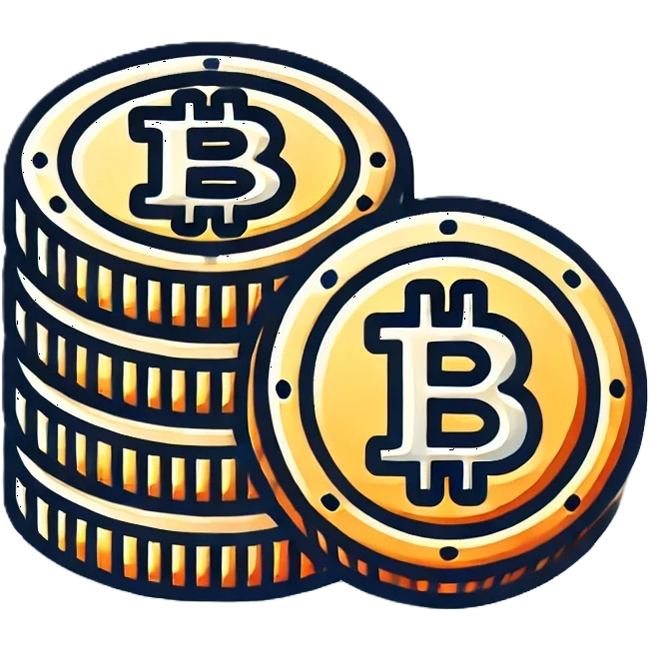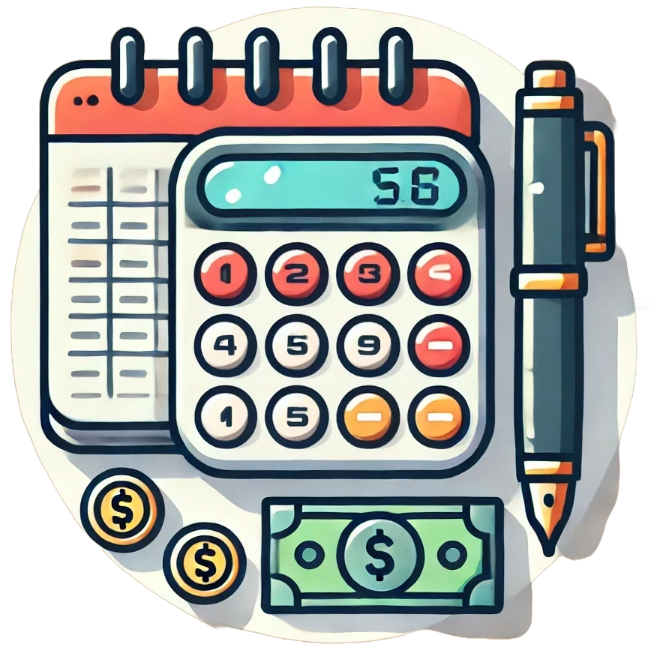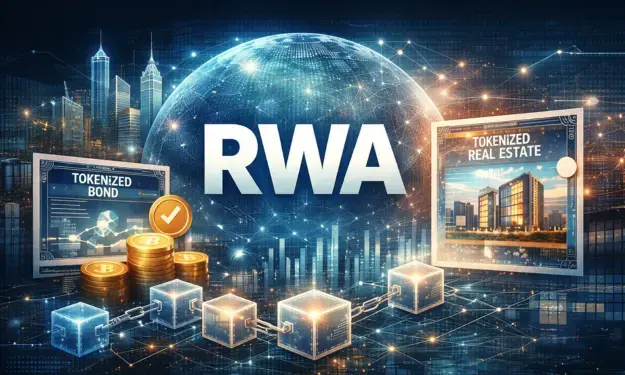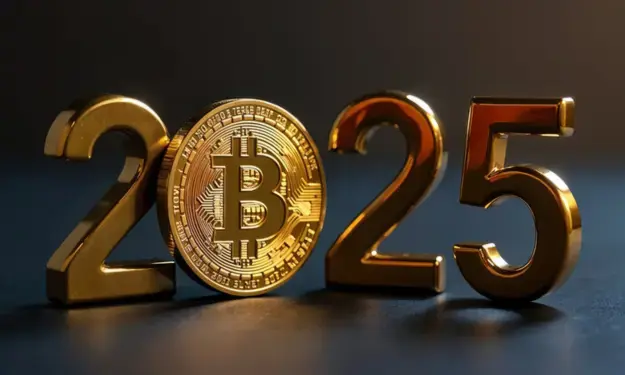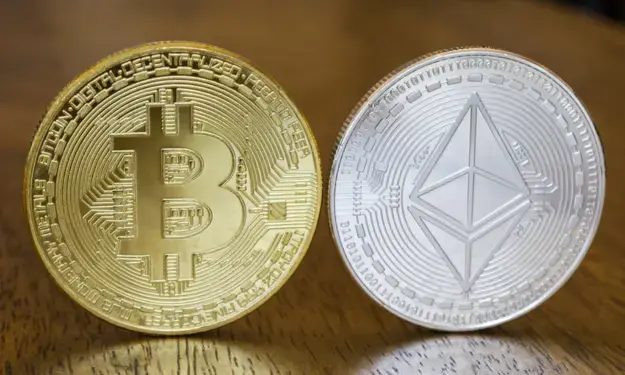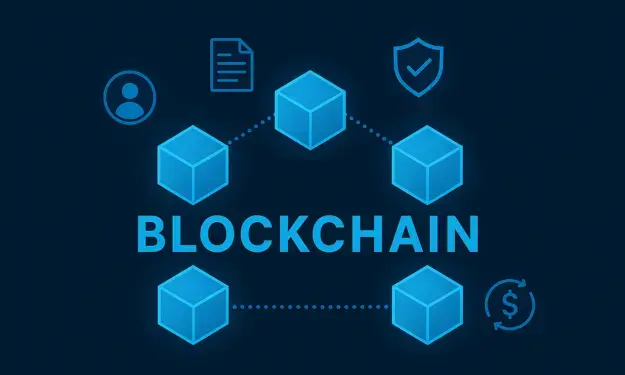Publication date: October 28, 2024
Solana offers a unique perspective on digital transactions and decentralization. In this blog, we dive deeper into Solana - from its origins and technology to its recent share price fluctuations and implications for investors. Keep reading to gain more insight into one of the fastest-growing cryptocurrencies.
.webp)
What is Solana?
Solana was founded in 2017 by Anatoly Yakovenko, who saw the potential for a faster and more scalable blockchain. Yakovenko, a former engineer at Qualcomm, introduced a new timing mechanism called Proof of History (PoH), which allowed Solana to differentiate itself from other blockchains. The founders aimed to create an infrastructure that was user-friendly and extremely fast. With the vision of making blockchain technology more accessible for everyday use.
Solana's raison d'être is not only to speed up transaction validation but, also to democratize access to financial systems without intermediaries. This commitment to decentralization and speed makes Solana a fascinating topic within the crypto community.
History of Solana
The idea for Solana came about when Yakovenko began to consider the limitations of existing blockchain technologies, especially in terms of throughput and latency. Solana was launched in March 2020 to overcome these limitations. With headquarters in San Francisco, the project has developed quickly and attracted capital from major investors such as Andreessen Horowitz and Polychain Capital.
The creation of Solana was the result of years of research and development in the field of distributed systems and cryptography which ultimately led to the creation of a network capable of processing up to 50,000 transactions per second.
What's going on at Solana
Solana has been through a lot lately, bringing crypto under the spotlight. The network has introduced new technology updates, formed strategic partnerships with major tech companies, and has been a notable presence in several major blockchain initiatives. These developments have contributed to a positive perception among investors and increased Solana's visibility in the market.
One of the biggest challenges for Solana, however was dealing with network outages, which temporarily affected system performance and reliability. However, these issues were addressed through upgrades and improvements to the protocol, restoring confidence in the robustness of the network.
Price development of Solana
Solana's share price has experienced several phases of volatility since its launch. Initially, it saw little movement, but in 2021 the price skyrocketed due to increasing adoption and general bullish sentiment in the crypto market. However, like many digital assets, Solana was also affected by the market correction that followed later.
Internal Network Performance and Updates
- Technical Issues: Solana has experienced several technical failures in its short existence, mainly due to network congestion issues and software glitches. For example, in September 2021, the network experienced a complete downtime of about 17 hours due to a bug that led to excessive transaction requests that overloaded capacity. These types of incidents had a temporary, but significant, impact on the stock price as they raised investor concerns about the stability and reliability of the network.
- Protocol upgrades: To address these concerns, Solana has made several upgrades and improvements. During 2022 and 2023, updates were aimed at improving network stability and reducing the likelihood of similar outages. One example is the introduction of "QUIC," a network protocol that improves the speed and efficiency of blockchain communications. These upgrades have often led to positive stock price reactions as they reinforce community and investor confidence in Solana's technology.
External Economic Factors
- Market volatility and crypto cycles: Solana's price, like other cryptocurrencies, is heavily influenced by general market dynamics. Periods of general market upswings (bull markets), often driven by broader economic factors such as low interest rates or inflation concerns, have led to price appreciation. Conversely, market-wide corrections during bear markets have led to sharp declines in the price of Solana.
- Macroeconomic developments: Central bank decisions around interest rates, inflation reports, and major economic announcements indirectly affect crypto markets. For example, an increase in interest rates by the U.S. Federal Reserve may lead to a decrease in risky investments including cryptocurrencies such as Solana.
Regulatory changes
The crypto market is also sensitive to regulatory changes. News of stricter or more permissive regulations in major markets such as the U.S. or the EU can have a significant impact on the price of crypto assets including Solana. Positive regulatory developments can encourage adoption and boost prices, while negative news often leads to sales.
All these factors play a role in the complex dynamics of Solana price movements and offer insights into both risks and opportunities for investors. By understanding these factors, investors can make more informed decisions about whether to invest in Solana.
Benefits of investing in Solana
1. High throughput: Solana can process up to 50,000 transactions per second, making it one of the fastest blockchains.
2. Low transaction fees: The fees to execute transactions on the Solana network are significantly lower than many other cryptocurrencies.
3. Strong developer support: Solana has an active community of developers and a growing ecosystem of projects built on the platform.
4. Innovative technology: With unique technologies such as Proof of History, Solana offers potential for further innovation and integration.

.svg)
.webp)


